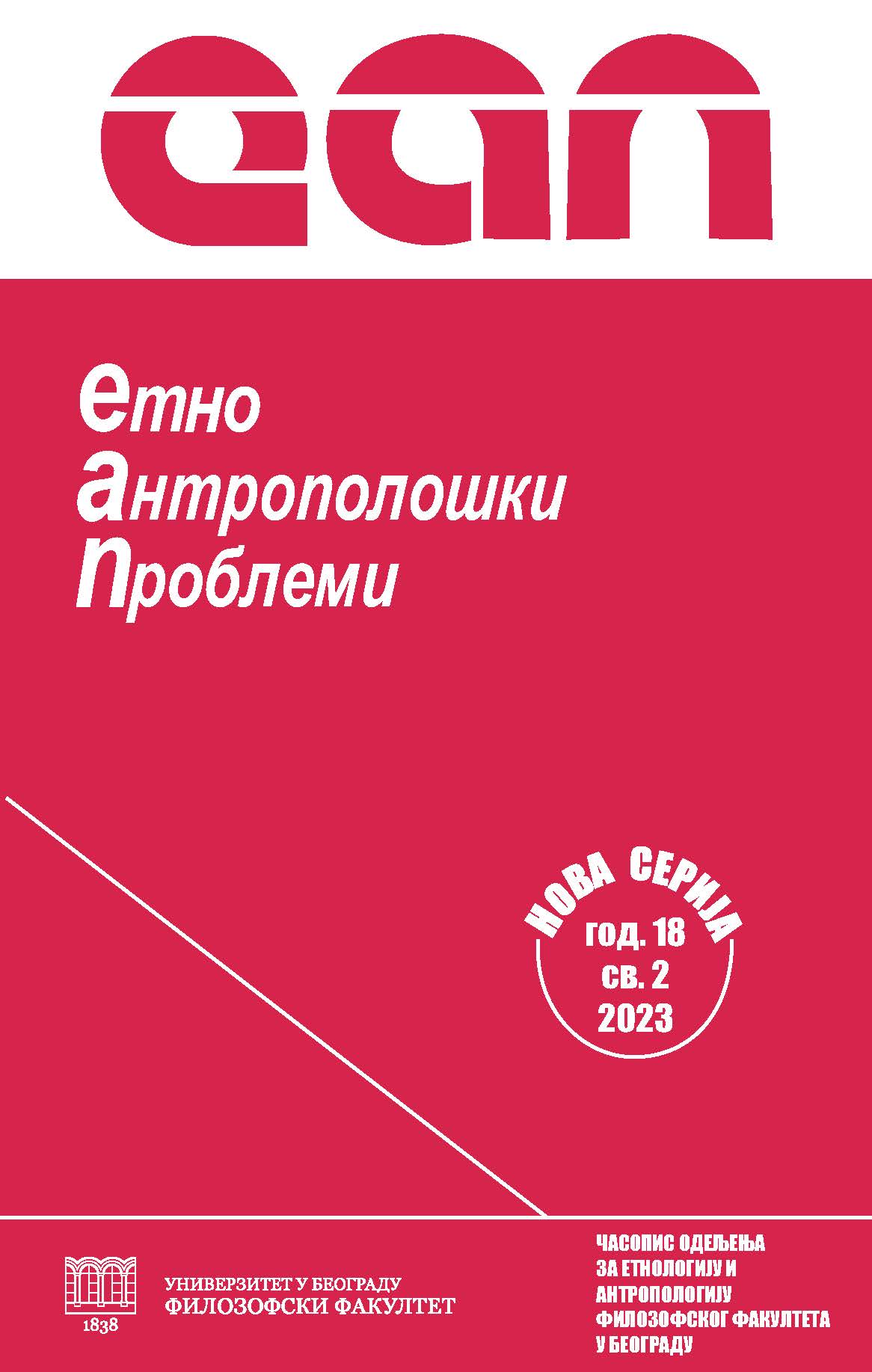Grad kao metafora reda:
zabrana noćne prodaje alkohola kao sredstvo purifikacije javnog prostora
The City as a Metaphor for Order:
The Prohibition on the Sale of Alcoholic Beverages at Night as a Means of Purifying Public Space
Author(s): Jelena VukićevićSubject(s): Social Sciences
Published by: Филозофски факултет, Универзитет у Београду
Keywords: prohibition of night sales of alcoholic beverages; city; class; young people; purification of public space; geographies of exclusion; Serbia
Summary/Abstract: This paper discusses a segment of a study that took place between 2012 and 2015, which examined the then-existing ban on the sale of alcoholic beverages in commercial establishments at night in several Serbian cities, including Belgrade, Kragujevac, Novi Sad, Šabac, and Zrenjanin. The research also looked at how the media represented the ban from 2006 to 2013 and analysed data obtained through a questionnaire completed by 22 individuals from Belgrade in 2023.The study examined various aspects of the ban, including its role in the context of spatial power operation, which is discussed in this paper. The researcher began with the assumption that the ban on the sale of alcoholic beverages at night in commercial establishments could be interpreted as a way of purifying public space, through which one social group establishes dominance over others in society by controlling public space. This is achieved not only by excluding members of specific social groups from the specified place, but also by excluding socially inappropriate practices deemed typical for those groups. The ultimate goal is to organise public space so that it reflects dominant societal values and achieves dominance for the group that tends to represent those values.The restriction was seen to be targeted at preventing members of the lower classes and young people, as members of the aforementioned classes, from occupying public space. It also had the broader aim of prohibiting the purchase and problematic use of alcoholic beverages late at night, a practice identified in the aforementioned socioeconomic strata, where it was perceived as a possible source of disruption, violence, and a threat to upper-class citizens. The decision was an attempt to increase the safety of the higher classes by limiting the ability of members of the lower classes and youth to purchase alcoholic beverages at night, as well as through spatial segregation. Although not explicitly stated, one of the effects sought by this decision was the prohibition of alcohol consumption in public places among the aforementioned social groups.The purpose was to instil a sense of security in the community and to project an image of moral order in society. It represented a mechanism for the higher classes to assert their authority in society and to establish their class identity by spatially separating themselves from the classes with which they were placed in a relationship of opposition. Thus, public space was created to reflect the values advocated by upper-class citizens, such as order, self-control, moderation, and decency, which aided their dominance in society.
Journal: Етноантрополошки проблеми
- Issue Year: 18/2023
- Issue No: 2
- Page Range: 461-493
- Page Count: 33
- Language: Serbian

